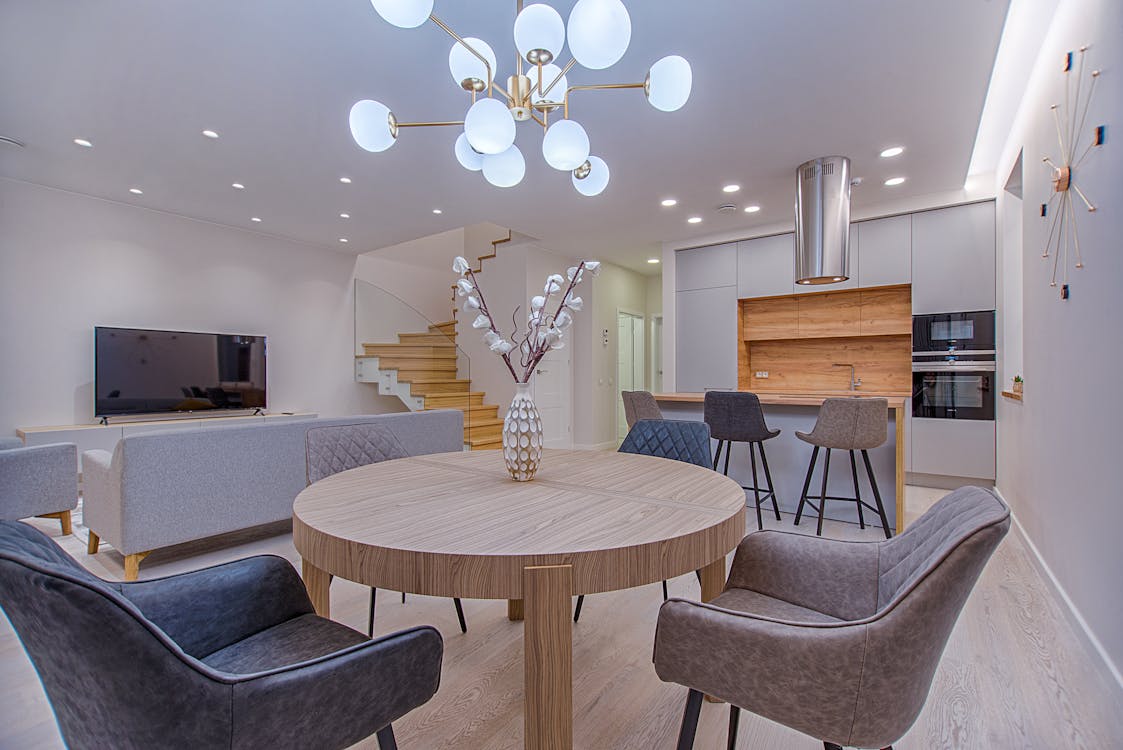
Why Nostalgia Has Found Its Way Back Into Interior Design
There's an expanding change worldwide of interior design-- one that leans right into the warmth of the past while still honoring the convenience and simpleness of today. As contemporary areas continue to evolve, many house owners are choosing to instill their interiors with vintage charm. This vintage rebirth isn't around duplicating the past-- it's about reinterpreting it in ways that really feel fresh, cozy, and deeply individual.
Individuals are no more satisfied with cookie-cutter areas that feel sterilized or impersonal. Rather, they're looking for rooms that bring character and history. A timeworn timber dresser, a velvet accent chair with bent lines, and even a weathered brass light can immediately breathe spirit into a room. Vintage items tell tales. They secure a space in authenticity while allowing everything else around them to develop and change.
Exactly How Modern Homes Are Blending Old and New
The genuine appeal of the vintage revival depends on its smooth combination with contemporary design. One of the most welcoming homes commonly strike a balance in between crisp modernity and timeless warmth. Envision a smooth kitchen with tidy cabinets and stainless steel home appliances; currently image that very same room based by an antique Persian carpet or crowned with a mid-century pendant light. Instantly, the space feels a lot more lived-in, much more inviting.
In living areas, this marriage is specifically obvious. Luxurious sofas with updated silhouettes set effortlessly with retro coffee tables or redeemed wood sideboards. It's this comparison that makes rooms feel curated instead of styled. Rather than following fads, this design approach welcomes people to develop homes that really feel collected in time.
Bed rooms are an additional location where vintage resurgence beams. Upholstered head boards influenced by previous years, flower patterns evocative the seventies, or even troubled chests made use of as nightstands all lend a sense of affection. And at the heart of a good night's sleep exists the bed mattress, where a trusted option like a Brunswick mattress brings not simply assistance yet a layer of ageless comfort to finish the aesthetic.
Color Palettes That Celebrate the Past
Shade plays a massive role in setting the tone for vintage-inspired interiors. Earthy tones such as olive eco-friendly, terracotta, mustard yellow, and messy rose are having a major minute. These tones are evocative the seventies however have been upgraded with a soft, desaturated spin that feels totally present.
Paired with creamy whites, cozy woods, and pops of matte black, these shades develop deepness and calm. They're not just fashionable-- they're soothing. Whether on the wall surfaces, through fabrics, or in accent style, these tones assist bridge the gap between retro influence and contemporary sensibility.
Furnishings with a Story to Tell
Vintage rebirth is typically anchored by furniture that resembles it has a story. Assume curved lines, walking cane detailing, tufted furniture, and tapered legs. These style components harken back to famous designs of previous decades, from art deco to mid-century contemporary to rustic farmhouses.
But this trend does not imply giving up comfort or practicality. Today's items often mix classic silhouettes with updated products and building. An ideal instance of this is just how pieces that look like Ashley furniture in Medina are making a comeback. Their acquainted types give visual comfort while still lining up with modern way of lives.
The secret is choosing 1 or 2 standout items and developing the rest of the surrounding room. This strategy maintains the area from feeling like a time pill and instead offers it the appeal of a well-loved home.
The Importance of Texture and Layering
Vintage-inspired interiors depend heavily on structure to create visual passion. Rough-hewn wood, nubby fabrics, smooth leather, and matte porcelains integrated to develop a room that welcomes touch. In modern homes that typically lean minimal, this tactile richness brings back the human element.
Layering is also vital. Toss coverings, area rugs, woven baskets, and vintage publications or documents put purposefully around an area all add to the feeling of heat. It's not about mess-- it's regarding curated coziness. When done right, the area really feels lived-in, yet advanced.
Making It Easy: The Role of Furniture Delivery
With vintage revival being such a responsive, individual design instructions, many individuals wish to see and really feel pieces in their homes prior to fully devoting to them. That's where a reputable furniture delivery service ends up being a game-changer. Instead of attempting to make decisions based upon digital images alone, homeowners can explore alternatives at their very own pace and appreciate the comfort of having quality items brought straight to their door.
This sort of solution also aids make sure that the change between old and brand-new components goes smoothly. It gives people a lot more freedom to trying out scale, placement, and styling, which is important when blending various periods in one cohesive space.
A Return to Meaningful Interiors
The return of vintage-inspired style is greater than simply a passing visual trend. It represents a larger social need for definition, individuality, and a slower, much more intentional way of living. In a globe that usually feels chaotic, creating a home with responds to the past deals a feeling of grounding.
Every area comes to be a possibility to review your personal trip read this through antiques, flea market discovers, or simply pieces that echo the beauty of one more age. You're not just loading space; you're narrating. One that blends memories, comfort, and your distinct viewpoint.
As this resurgence remains to shape the method we furnish our homes, it's clear that the mix of vintage and contemporary is right here to remain. Keep adhering to the blog for more ideas on just how to instill your rooms with character, background, and design that stand the test of time.
Comments on “Designing with History in Mind”